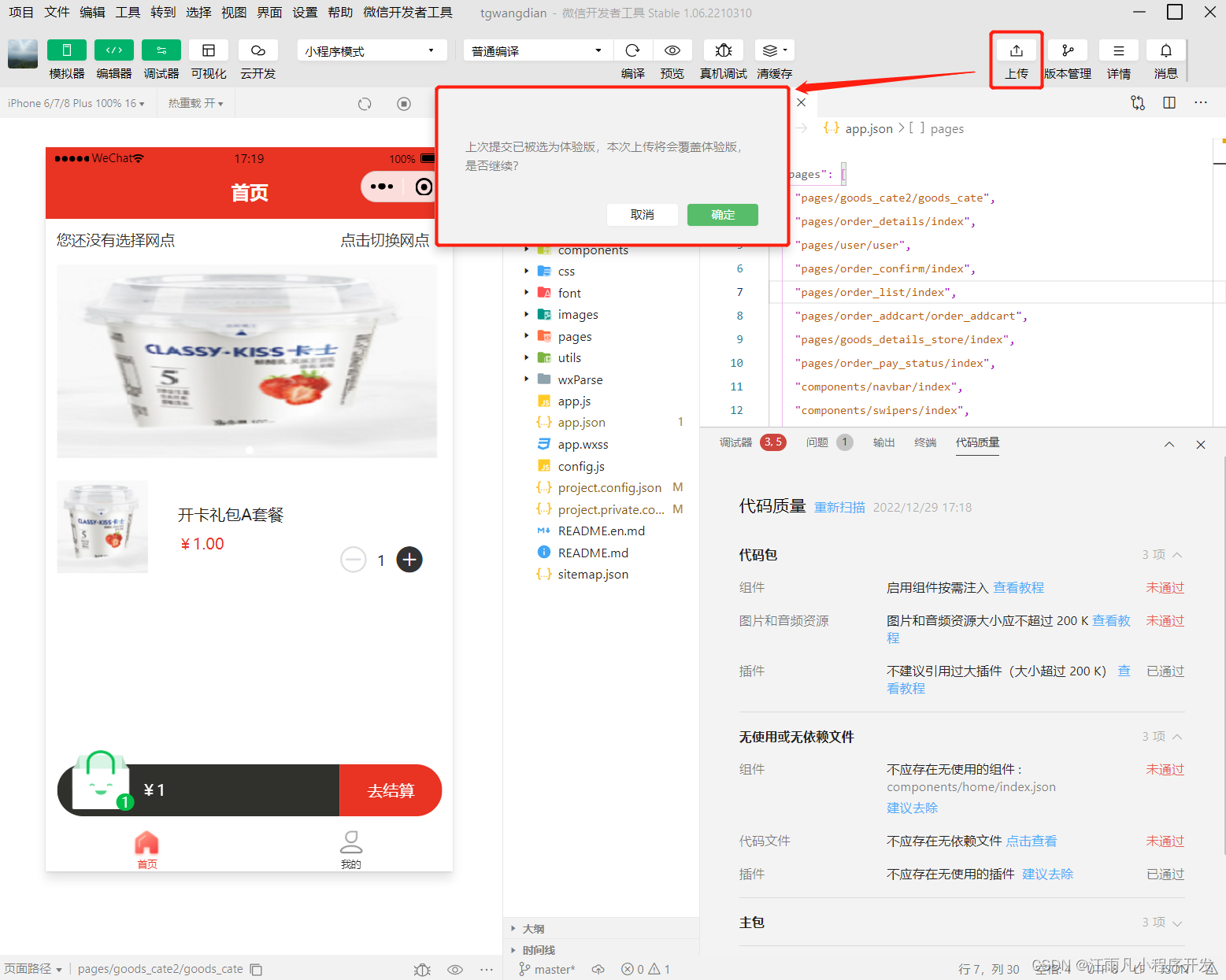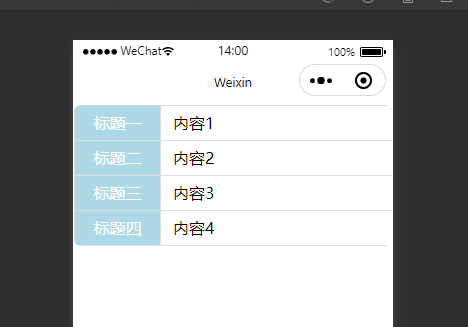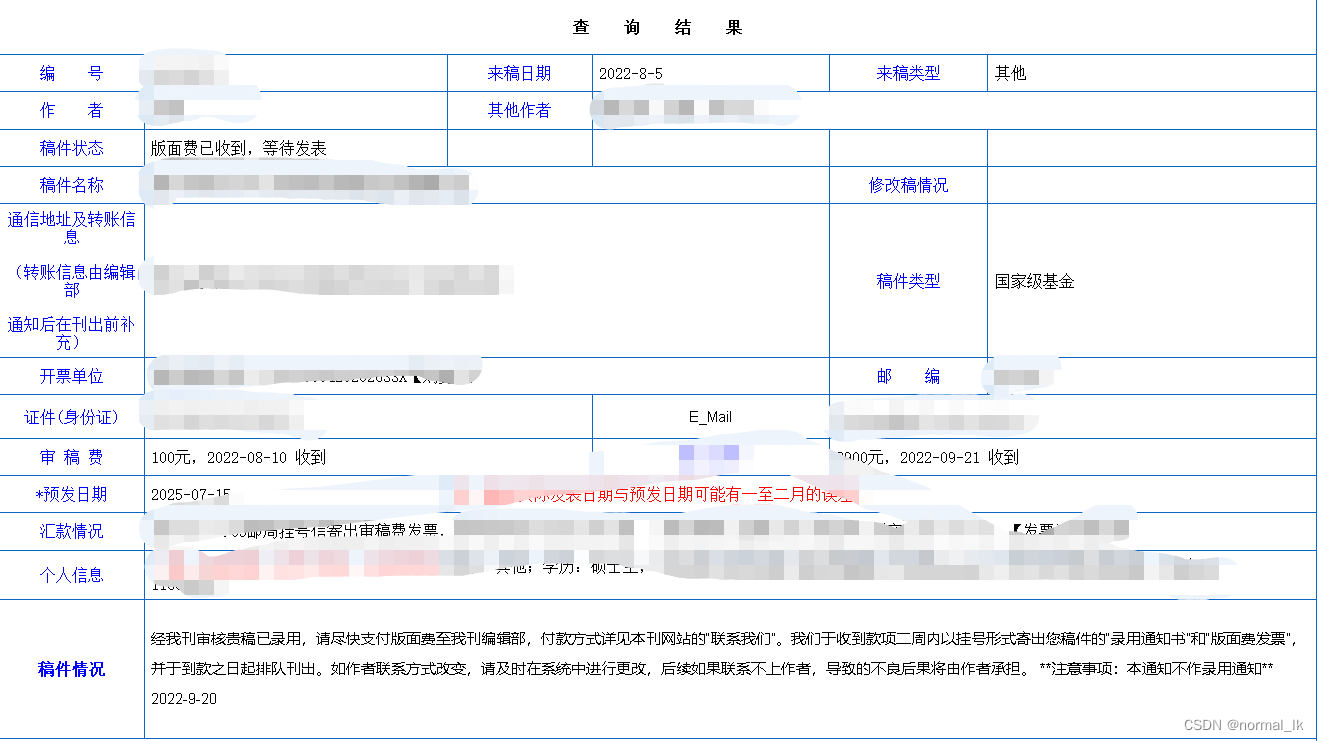根据 接入方式及流程 中的说明,可知,搭建过程中,我们需要自己整一个 OAuth 的授权平台,具体说明可以参考蟋蟀大哥的文章 ASP.NET WebApi OWIN 实现 OAuth 2.0 ,我的实际代码也是基于文章给出的源码修改的。
第一步
认真研究一次文档:
(1)AliGenie在开发商开放平台或者其他第三方平台注册一个应用,获取到相应的Client id 和Client secret
(2)AliGenie 应用向开发商OAuth2.0服务发起一个授权请求
(3)开发商OAuth2.0服务向用户展示一个授权页面,用户可进行登陆授权
(4)用户授权AliGenie客户端应用后,进行回跳到AliGenie 的回调地址上并带上code相关参数
(5)AilGenie回调地址上根据code会去合作方Oauth 的服务上换取 access_token
(6)通过access_token,天猫精灵设备控制时通过该access_token进行访问合作方的服务
关键字已经用颜色标明,也就是说,我们需要一个授权平台,授权页,code 换取 access_token 的功能,分配给 天猫的 clien_id,client_secret.
最主要的还是平台,具体的平台怎么搭建就不说了,参考一下上面给出的链接,照着做或者改就行了。
因为我们对接天猫精灵主要用的是授权码模式,所以我们主看授权码的方式,授权码模式 的流程请查看 ASP.NET WebApi OWIN 实现 OAuth 2.0
这儿顺便说一下,如果你用的是 .net 4.5 的情况下,安装 OWIN ,用NuGet安装时会报错,提示不兼容对应的框架,所以用控制台安装旧版的,
- Owin 对应: Install-Package Microsoft.Owin -Version 3.1.0
- Microsoft.Owin.Host.SystemWeb 对应:Install-Package Microsoft.Owin.Host.SystemWeb -Version 3.1.0
- Microsoft.Owin.Security.OAuth 对应:Install-Package Microsoft.Owin.Security.OAuth -Version 3.1.0
- Microsoft.Owin.Security.Cookies 对应:Install-Package Microsoft.Owin.Security.Cookies -Version 3.1.0
- Microsoft.AspNet.Identity.Owin 对应:Install-Package Microsoft.AspNet.Identity.Owin -Version 2.1.0
授权页面
我们直接以对接天猫精灵的流程来简单说一下代码应该怎么改吧。
根据官方文档提示,我们要给他天猫精灵配置一个 client_id ,client_secrete,检查源码知道,它已经默认写死了,client_id=xishuai,client_secrete=123 .我们先记下,等会再配置。
按着天猫精灵的流程,我们还需要一个 适配手机端访问的授权的 H5 页,那我们添加一个控制器(Home),加个 Index 方法用来返回视图,再加一个 Index2 准备用来接收它提交过来的数据,再给它加个视图,名字就定为 Index ,在里面放上几个 input 标签,准备用来存放天猫传过来的参数的(后续再隐藏起来),样式就先不处理了,晚点再说。
控制器:
public ActionResult Index(){return View();}[HttpPost]public ActionResult Index2(){return View();}
视图:
<html> <head><meta name="viewport" content="width=device-width" /><title>Index</title> </head> <body><div> <form id="form1" method="post" action="@Url.Action("Index2")"><input type="text" name="clientId" value="xishuai" /><br /><input type="text" name="redirect_uri" value="" /><br /><input type="text" name="response_type" value="" /><br /><input type="text" name="state" value="" /><br /><input type="submit" value="提交" /></form></div> </body> </html>
看一下 官方文档-接入方式及流程 ,在第5点得知,请求的链接如下:
原文档链接:https://xxx.com/auth/authorize?redirect_uri=https%3A%2F%2Fopen.bot.tmall.com%2Foauth%2Fcallback%3FskillId%3D11111111%26token%3DXXXXXXXXXX&client_id=XXXXXXXXX&response_type=code&state=111
对应到我们这儿的链接将会是:
https://xxx.com/Home/Index?redirect_uri=https%3A%2F%2Fopen.bot.tmall.com%2Foauth%2Fcallback%3FskillId%3D11111111%26token%3DXXXXXXXXXX&client_id=XXXXXXXXX&response_type=code&state=111
redirect_uri: 处理完成的返回地址,这个我们不应该去动它.
client_id: 在合作方上注册的应用Id(也就是我们刚才说到的准备给他配置的那个 client_id 值:xishuai )
state: 在我代码中,我是直接无视了这个参数的。项目目前没有用到它。
既然知道有这么多参数,那我们整理一下,在控制器接收一下,返回到视图界面对应的地方吧.代码如下:
Home 控制器中的 Index 方法:
public ActionResult Index(){string clientId = Request.QueryString["client_id"] + "";string redirect_uri = Request.QueryString["redirect_uri"] + "";string response_type = Request.QueryString["response_type"] + "";string state = Request.QueryString["state"] + "";ViewBag.clientId = clientId;ViewBag.redirect_uri = redirect_uri;ViewBag.response_type = response_type;ViewBag.state = state;return View();}
Index 视图:
<!DOCTYPE html><html> <head><meta name="viewport" content="width=device-width" /><title>Index</title> </head> <body><div> <form id="form1" method="post" action="@Url.Action("Index2")"><input type="text" name="clientId" value="@ViewBag.clientId" /><br /><input type="text" name="redirect_uri" value="@ViewBag.redirect_uri" /><br /><input type="text" name="response_type" value="@ViewBag.response_type" /><br /><input type="text" name="state" value="@ViewBag.state" /><br /><input type="submit" value="提交" /></form></div> </body> </html>
我们看一下测试用例的代码,其中 OAuth_AuthorizationCode_Test 测试用例对应着授权码模式,也就是说,我们需要看下它原本是怎么请求的,依葫芦画瓢,简单过一篇代码之后,发现 GetAuthorizationCode() 这个方法很可疑,跟进去,可以看到,它确实是发起了请求授权服务。我们简单分析一下,它利用 HttpClient 发起了一个 /authorize 请求,传递了grant_type,response_type,client_id,redirect_uri 这几个参数,也就是说,我们也可以模仿他这样操作,那么在 Index2 方法中这样写:
public async Task<ActionResult> Index2(){string clientId = Request.Form["clientId"] + "";string redirect_uri = Request.Form["redirect_uri"] + "";string state = Request.Form["state"] + "";string urlEncode = HttpUtility.UrlEncode(redirect_uri);return Redirect("~/authorize?grant_type=authorization_code&response_type=code&client_id="+clientId+"&redirect_uri="+urlEncode);}
因为我们是在同一个服务器,所以我们不再用 HttpClient 去发起请求了,直接上跳转。
直接更新上服务器,并上 天猫的控制台 填写 信息,
账户授权链接填入: https://YourWebSite/Home/Index
ClientID填入:xishuai
Client Secret 填入:123
Access Token URL 填入:https://YourWebSite/NoAddress (随便写一个,只是为了先测试第一步是不是正常的先)
厂商登出 URL 留空。
更新上服务器,进入 天猫控制台 中的测试验证,然后点击 账户授权 ,会发现报错!!!提示缺少参数。那我们检查一下代码吧,看下是哪里出的问题,缺少参数,也就是说,我们返回给天猫的URL,参数写少了,或者写错了。我们检查一下。
打开 OpenAuthorizationServerProvider 找到 AuthorizeEndpoint 方法(它是对应着 authorize 请求的处理),可以看到里面有个 redirectUri 的数据,用日志的方式输出来看下(其实不用看了,刚才我们在测试的时候,你直接把 <input type="text" name="redirect_uri" /> 的值复制出来就知道问题出在哪了),redirectUri 在此处的值为:https://open.bot.tmall.com/oauth/callback?skillId=11111111&token=XXXXXXXXXX ,看到这儿,我想结合代码就知道问题出在哪了吧,源码如下:
context.Response.Redirect(redirectUri + "?code=" + Uri.EscapeDataString(authorizeCodeContext.Token));
修改如下:
/// <summary>/// 生成 authorization_code(authorization code 授权方式)、生成 access_token (implicit 授权模式)/// </summary>public override async Task AuthorizeEndpoint(OAuthAuthorizeEndpointContext context){if (context.AuthorizeRequest.IsImplicitGrantType){//implicit 授权方式var identity = new ClaimsIdentity("Bearer");context.OwinContext.Authentication.SignIn(identity);context.RequestCompleted();}else if (context.AuthorizeRequest.IsAuthorizationCodeGrantType){//authorization code 授权方式var redirectUri = context.Request.Query["redirect_uri"];var clientId = context.Request.Query["client_id"];var identity = new ClaimsIdentity(new GenericIdentity(clientId, OAuthDefaults.AuthenticationType));var authorizeCodeContext = new AuthenticationTokenCreateContext(context.OwinContext,context.Options.AuthorizationCodeFormat,new AuthenticationTicket(identity,new AuthenticationProperties(new Dictionary<string, string>{{"client_id", clientId},{"redirect_uri", redirectUri}}){IssuedUtc = DateTimeOffset.UtcNow,ExpiresUtc = DateTimeOffset.UtcNow.Add(context.Options.AuthorizationCodeExpireTimeSpan)}));await context.Options.AuthorizationCodeProvider.CreateAsync(authorizeCodeContext);var ResUrl = redirectUri;if (redirectUri.Contains("?")){ResUrl += "&code=" + Uri.EscapeDataString(authorizeCodeContext.Token);}else{ResUrl += "?code=" + Uri.EscapeDataString(authorizeCodeContext.Token);}//writeLog("ResUrl", ResUrl,"TestToken");// writeLog("Token", authorizeCodeContext.Token, "TestToken");context.Response.Redirect(ResUrl);context.RequestCompleted();}}
这样,就能正常的处理跳转的参数了。更新上服务器,测试,通过!没有提示缺少参数了。但现在提示取不到 access_token 了。也就是说我们到了处理 获取 access_token 这一步了。
获取 access_token
我们回头继续看下那个测试用例(OAuth_AuthorizationCode_Test),
[Fact]public async Task OAuth_AuthorizationCode_Test(){var authorizationCode = GetAuthorizationCode().Result; //获取 authorization_codevar tokenResponse = GetToken("authorization_code", null, null, null, authorizationCode).Result; //根据 authorization_code 获取 access_token_httpClient.DefaultRequestHeaders.Authorization = new AuthenticationHeaderValue("Bearer", tokenResponse.AccessToken);var response = await _httpClient.GetAsync($"/api/values");if (response.StatusCode != HttpStatusCode.OK){Console.WriteLine(response.StatusCode);Console.WriteLine((await response.Content.ReadAsAsync<HttpError>()).ExceptionMessage);}Console.WriteLine(await response.Content.ReadAsStringAsync());Assert.Equal(HttpStatusCode.OK, response.StatusCode);Thread.Sleep(10000);var tokenResponseTwo = GetToken("refresh_token", tokenResponse.RefreshToken).Result; //根据 refresh_token 获取 access_token_httpClient.DefaultRequestHeaders.Authorization = new AuthenticationHeaderValue("Bearer", tokenResponseTwo.AccessToken);var responseTwo = await _httpClient.GetAsync($"/api/values");Assert.Equal(HttpStatusCode.OK, responseTwo.StatusCode);}
在获取了 authorization_code 之后,调用了 GetToken 方法,查看 GetToken 方法
private static async Task<TokenResponse> GetToken(string grantType, string refreshToken = null, string userName = null, string password = null, string authorizationCode = null){//"authorization_code", null, null, null, authorizationCodevar clientId = "xishuai";var clientSecret = "123";var parameters = new Dictionary<string, string>();parameters.Add("grant_type", grantType);if (!string.IsNullOrEmpty(userName) && !string.IsNullOrEmpty(password)){parameters.Add("username", userName);parameters.Add("password", password);}if (!string.IsNullOrEmpty(authorizationCode)){parameters.Add("code", authorizationCode);parameters.Add("redirect_uri", "http://localhost:8333/api/authorization_code"); //和获取 authorization_code 的 redirect_uri 必须一致,不然会报错}if (!string.IsNullOrEmpty(refreshToken)){parameters.Add("refresh_token", refreshToken);}_httpClient.DefaultRequestHeaders.Authorization = new AuthenticationHeaderValue("Basic",Convert.ToBase64String(Encoding.ASCII.GetBytes(clientId + ":" + clientSecret)));var response = await _httpClient.PostAsync("/token", new FormUrlEncodedContent(parameters));var responseValue = await response.Content.ReadAsStringAsync();if (response.StatusCode != HttpStatusCode.OK){Console.WriteLine(response.StatusCode);Console.WriteLine((await response.Content.ReadAsAsync<HttpError>()).ExceptionMessage);return null;}return await response.Content.ReadAsAsync<TokenResponse>();}
构建了一个 HttpClient ,组好参数 post 给 /token .那我们还是依葫芦画瓢,照抄过来用看下。在 Home 控制器下,定义一个 TestToken 方法,再看下官方文档,
(B) 通过code换取合作方访问令牌
例:
https://XXXXX/token?grant_type=authorization_code&client_id=XXXXX&client_secret=XXXXXX&code=XXXXXXXX&redirect_uri=https%3A%2F%2Fopen.bot.tmall.com%2Foauth%2Fcallback
请求方法: POST参数说明:
client_id: 在合厂商平台上注册的应用Id
grant_type: 授权类型 authorization_code
client_secret:在厂商平台上注册应用的secret
code: 授权登陆后回调AliGenie的地址返回的code
redirect_uri: AliGenie回调地址
也就是说,它会发这些参数给我们,那么我们就用 Request.Form 一一接收,然后模仿着GetToken 的方法写。
TestToken 方法如下:
public async Task<ActionResult> TestToken(){string grant_type = Request.Form["grant_type"] + "";string client_id = Request.Form["client_id"] + "";string client_secret = Request.Form["client_secret"] + "";string code = Request.Form["code"] + "";string redirect_uri = Request.Form["redirect_uri"] + "";var parameters = new Dictionary<string, string>();parameters.Add("grant_type", grant_type);parameters.Add("code", code);parameters.Add("redirect_uri", redirect_uri);ServicePointManager.SecurityProtocol = SecurityProtocolType.Tls12 | SecurityProtocolType.Tls11 | SecurityProtocolType.Tls;HttpClient _httpClient = new HttpClient();_httpClient.BaseAddress = new Uri(System.Configuration.ConfigurationManager.AppSettings["serverUrl"]);//从配置文件中读取,服务器的域名_httpClient.DefaultRequestHeaders.Authorization = new AuthenticationHeaderValue("Basic",Convert.ToBase64String(Encoding.ASCII.GetBytes(client_id + ":" + client_secret)));var response = await _httpClient.PostAsync("/token", new FormUrlEncodedContent(parameters));var responseValue = await response.Content.ReadAsStringAsync();writeLog("responseValue",resp,"responseValue");if (response.StatusCode != HttpStatusCode.OK){return Json(new TaskResponseError{error = response.StatusCode + "",error_description = (await response.Content.ReadAsAsync<HttpError>()).ExceptionMessage});}var TokenResponse = await response.Content.ReadAsAsync<TokenResponseRight>();TokenResponse.expires_in = Convert.ToInt64(System.Configuration.ConfigurationManager.AppSettings["tokenExpiresTime"]);//过期时间也要返回writeLog("TokenResponse:", JsonConvert.SerializeObject(TokenResponse) + "", "TestToken");return Content(JsonConvert.SerializeObject(TokenResponse), "application/json");//强行指定类型,官方文档特别提示要用 application/json ,之前试过用return Json(xxx); 返回 之后提示参数错误之类的。}
OK,更新上服务器,再上 天猫控制台 ,把 Access Token URL 修改一下,修改为:https://YourWebSite/Home/TestToken ,测试跑起来。测试应该是通过的,如果还有问题可以问一下我,2018年6月1日11:47:55 昨天到现在 真机测试的功能 AliGenie 还没修复好,所以我也不好截图给你们看,回头再来补充吧。
refalsh Token 的功能
查看 官方文档
(C) 通过refresh_token刷新access_token(该功能已上线,请确保厂商自己的刷新功能是完善的)
例:
https://XXXXX/token?grant_type=refresh_token&client_id=XXXXX&client_secret=XXXXXX&refresh_token=XXXXXX
请求方法: POST参数说明:grant_type:更新access_token的授权方式为refresh_tokenclient_id: 在厂商平台上注册的应用Idclient_secret:在厂商平台上注册应用的secretrefresh_token: 上一次授权获取的refresh_token注:示例中的链接API( https://XXXXX/token) 为开放平台中的Access Token Url 字段。
得知,刷新 token 的功能是和我们的在 控制台中填写的 Access Token Url 是同一个入口,也就是说,我们需要对 TestToken 方法进行改造,让它也可以处理 刷新 token 的操作。
再查看那个测试用例(OAuth_AuthorizationCode_Test),可以看到以下代码
Assert.Equal(HttpStatusCode.OK, response.StatusCode);Thread.Sleep(10000);var tokenResponseTwo = GetToken("refresh_token", tokenResponse.RefreshToken).Result; //根据 refresh_token 获取 access_token_httpClient.DefaultRequestHeaders.Authorization = new AuthenticationHeaderValue("Bearer", tokenResponseTwo.AccessToken); 测试代码中休眠了10秒之后,去刷新 token 的操作,GetToken 方法我们之前已经看过了,知道它是做什么操作的,那么我们就直接在 TestToken 里面改造一下:
public async Task<ActionResult> TestToken(){string grant_type = Request.Form["grant_type"] + "";string client_id = Request.Form["client_id"] + "";string client_secret = Request.Form["client_secret"] + "";string code = Request.Form["code"] + "";string redirect_uri = Request.Form["redirect_uri"] + "";string refreshToken = Request.Form["refresh_token"] + "";//取refreshToken 参数 之前这儿写错了,如有人使用此段代码,麻烦改正一下//https://XXXXX/token?grant_type=refresh_token&client_id=XXXXX&client_secret=XXXXXX&refresh_token=XXXXXXvar parameters = new Dictionary<string, string>();parameters.Add("grant_type", grant_type);parameters.Add("code", code);parameters.Add("redirect_uri", redirect_uri);if (!string.IsNullOrEmpty(refreshToken)){//加入判断,当有此字段时,则为刷新 token 的操作parameters.Add("refresh_token", refreshToken);}System.Net.ServicePointManager.SecurityProtocol = System.Net.SecurityProtocolType.Tls12 | System.Net.SecurityProtocolType.Tls11 | System.Net.SecurityProtocolType.Tls;HttpClient _httpClient = new HttpClient();_httpClient.BaseAddress = new Uri(System.Configuration.ConfigurationManager.AppSettings["serverUrl"]);_httpClient.DefaultRequestHeaders.Authorization = new System.Net.Http.Headers.AuthenticationHeaderValue("Basic",Convert.ToBase64String(Encoding.ASCII.GetBytes(client_id + ":" + client_secret)));var response = await _httpClient.PostAsync("/" + System.Configuration.ConfigurationManager.AppSettings["serverExtUrlParam"] + "/token", new FormUrlEncodedContent(parameters));var responseValue = await response.Content.ReadAsStringAsync();if (response.StatusCode != System.Net.HttpStatusCode.OK){return Json(new TaskResponseError{error = response.StatusCode + "",error_description = (await response.Content.ReadAsAsync<System.Web.Http.HttpError>()).ExceptionMessage});}var TokenResponse = await response.Content.ReadAsAsync<TokenResponseRight>();TokenResponse.expires_in = Convert.ToInt64(System.Configuration.ConfigurationManager.AppSettings["tokenExpiresTime"]);if (grant_type == "authorization_code"){string hostId = CloudApi.Providers.OpenAuthorizationCodeProvider.GetHostIDByAuthenticationCode(code);if (!string.IsNullOrEmpty(hostId)){CloudApi.Providers.OpenAuthorizationCodeProvider.SetHostIDAndTicket(hostId, TokenResponse.AccessToken);}}ToolHelper.FuntionHelper.writeLog("TokenResponse:", JsonConvert.SerializeObject(TokenResponse) + "", "TestToken");return Content(JsonConvert.SerializeObject(TokenResponse), "application/json");}
OAuth 的授权平台,就这样简单搭建好了,剩下的就是开发者自己去完善实际的功能,比如授权用的 ClientID,Client_Secrete 应该从数据库里取、还是直接从配置文件中读取出来。授权成功了,你怎么判断是谁,
现在时间是:2018年6月1日14:36:53 ,AliGenie 的真机测试还是用不了,所以也是没办法给你们展示实际的效果。这个也是蛋蛋的忧伤。
Q & A:
Q1.我这个流程走是没问题,但我不知道实际操作的时候应该取哪个账户的设备数据啊?
A1:这个问题在你授权登录那 H5 页面,自行解决,加个账户密码,让用户自己登录,具体逻辑自己处理下就可以了,其他要修改的地方,可能是在 OpenAuthorizationCodeProvider 这个类里面,你要加一个静态的 ConcurrentDictionary ,用来存放是哪个用户授权的,对应的 token 是什么。
代码如下:


public class OpenAuthorizationCodeProvider : AuthenticationTokenProvider{private readonly ConcurrentDictionary<string, string> _authenticationCodes = new ConcurrentDictionary<string, string>(StringComparer.Ordinal);//主机ID 对应着你的用户名public static ConcurrentDictionary<string, string> HostIdAndAuthenticationCodeCache = new ConcurrentDictionary<string, string>(StringComparer.Ordinal); //我这儿记录了主机ID和授权码public static ConcurrentDictionary<string, string> HostIdAndTicketCache = new ConcurrentDictionary<string, string>(StringComparer.Ordinal);//这儿记录了主机ID和 tokenpublic static string GetHostIDByAuthenticationCode(string authenticationCode){var tempItem = HostIdAndAuthenticationCodeCache.FirstOrDefault(c => c.Value.Equals(authenticationCode, StringComparison.OrdinalIgnoreCase));if (tempItem.Key != null){return tempItem.Key;}else{return "";}}public static void SetHostIDAndTicket(string hostId, string ticket){HostIdAndTicketCache.AddOrUpdate(hostId, ticket, (k, ov) => ov = ticket);}public static string GetHostIdByTicket(string ticket){var tempItem = HostIdAndTicketCache.FirstOrDefault(c => c.Value.Equals(ticket, StringComparison.OrdinalIgnoreCase));if (tempItem.Key != null){return tempItem.Key;}else{return "";}}/// <summary>/// 生成 authorization_code/// </summary>public override void Create(AuthenticationTokenCreateContext context){context.SetToken(Guid.NewGuid().ToString("n") + Guid.NewGuid().ToString("n"));string TempTicket = context.SerializeTicket();_authenticationCodes.AddOrUpdate(context.Token, TempTicket, (k, ov) => ov = TempTicket);//_authenticationCodes[context.Token] = context.SerializeTicket();string hostId = context.Request.Query["hostId"];HostIdAndAuthenticationCodeCache.AddOrUpdate(hostId, context.Token, (k, ov) => ov = context.Token);//将 主机ID 保存起来}/// <summary>/// 由 authorization_code 解析成 access_token/// </summary>public override void Receive(AuthenticationTokenReceiveContext context){string value;if (_authenticationCodes.TryRemove(context.Token, out value)){context.DeserializeTicket(value);}}}
Q2:为什么我明明返回给天猫精灵 authorize code 了,它第二次来请求 token 的时候,就是死活没找到?
A2: 检查一下,第一步返回时的参数 redirect_url 是什么,他第二次请求过来的参数 return_url 是什么。(我就因为把state 在第一步的时候也返回回去了,导致第二步死活取不到 token)
2018-7-16 14:47:12 补充:
实际用的过程中,你需要保存用户ID、refresh_token 这些数据,请自行处理,在我实际代码中,用的是 Redis。用来保存了refresh_token和用户标识。
上面代码中,有一段 用到的 refresh_token 接收的时候写错了,写成了 refreshtoken。导致刷新 token 功能有问题。请之前用的人注意一下。还是太相信自己的代码,导致出bug ,测试的时候就看着自己写的代码测试.

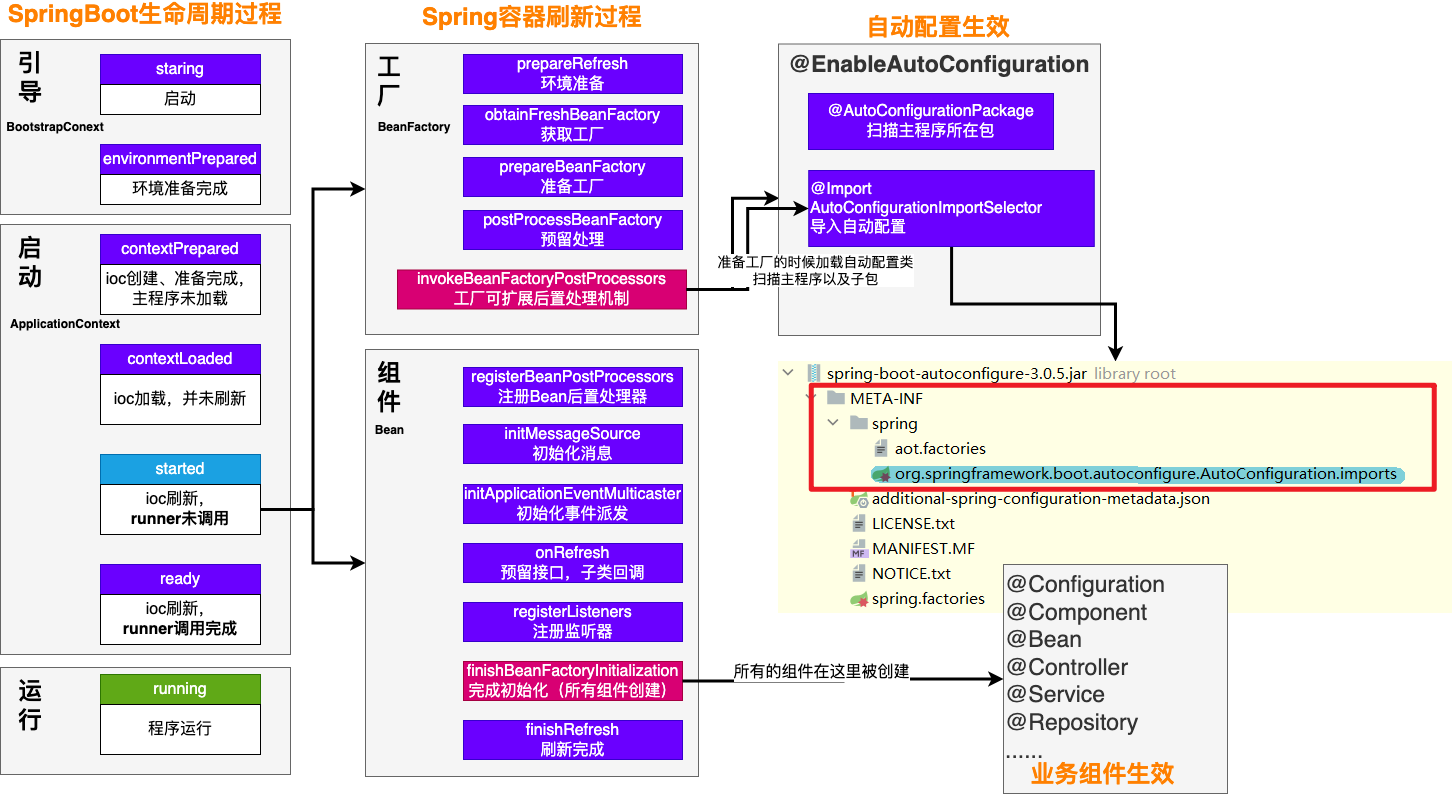



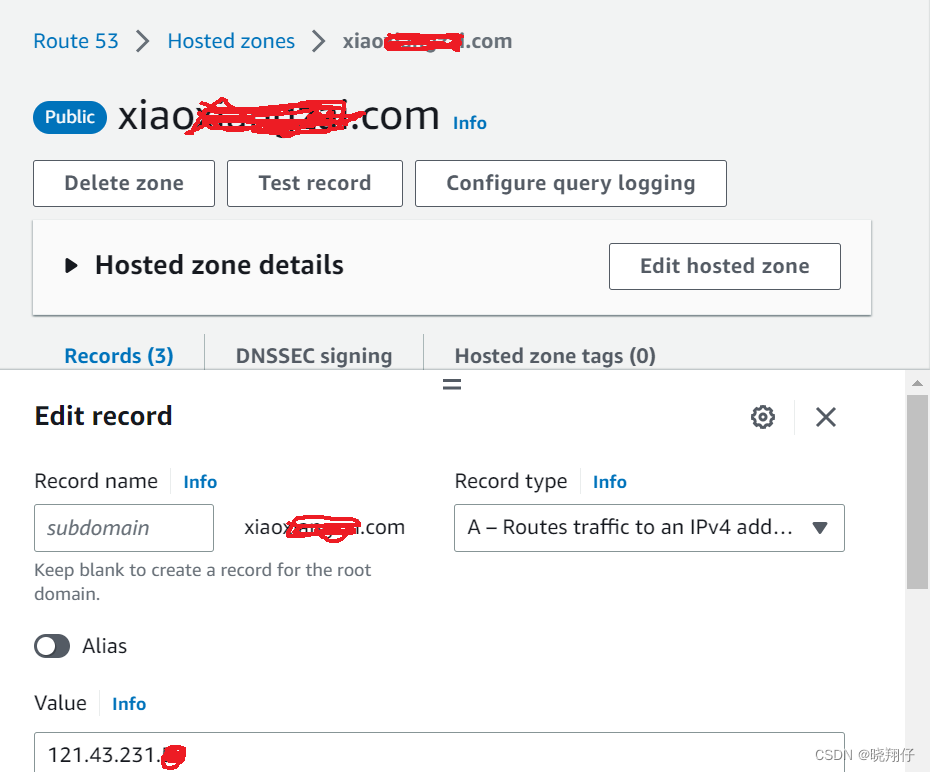





![偏光太阳镜测试图片软件,[专题]真假偏光太阳镜简单、实用辨别方法!](https://img-blog.csdnimg.cn/img_convert/1cadb49f577aa6ff74ee81fac7db530f.png)

